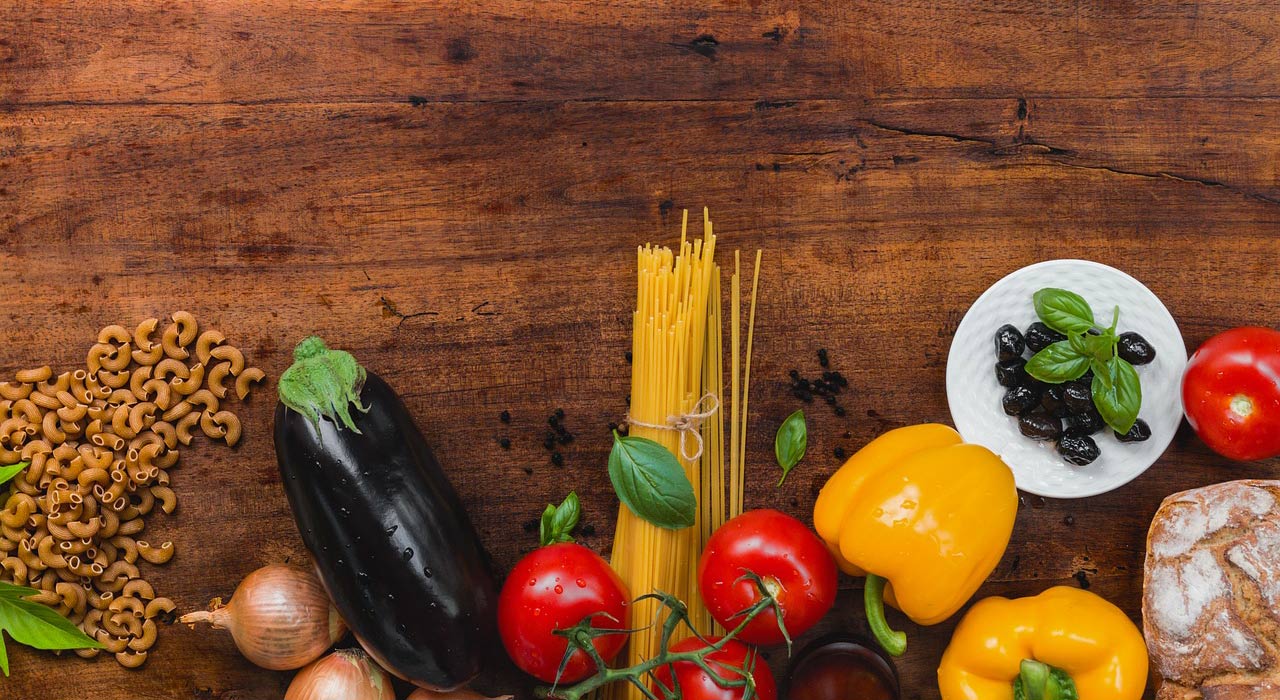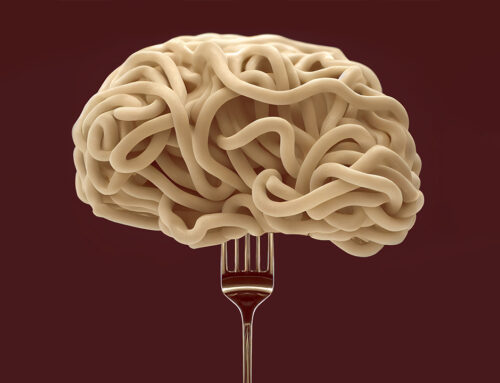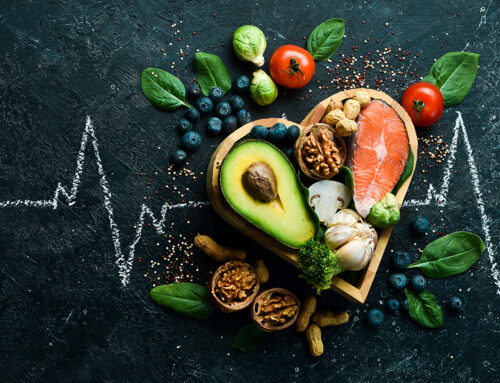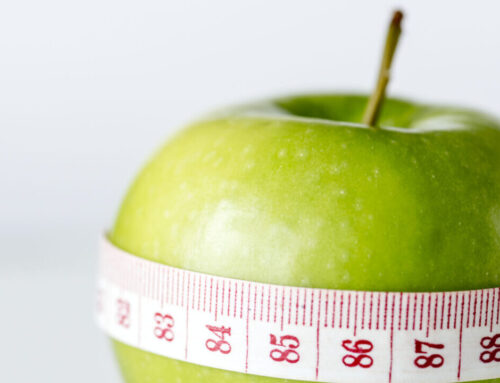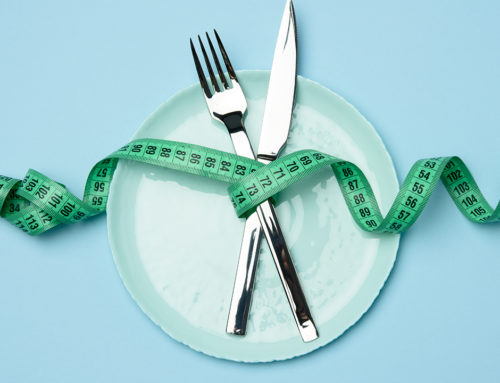The pursuit of a lean, muscled physique if you’re a vegetarian or vegan needn’t make you default on your mortgage. This is your guide to getting plant based protein sources on the cheap but also making them fun – by combining vegetables together.
Throw your eyes over your most recent grocery bill and there’s an excellent chance the items making the biggest contribution to the grand total are your proteins. It’s the same for everyone, whether you want to gain muscle or lower body fat you’ll need plenty of top-dollar items such as steaks, chicken breasts and whey protein.
That’s if you’re not vegetarian or vegan – which poses its own issues when looking for plant-based protein sources. All of which have price tags that aren’t always economical.
This is made worse by the fact that most guys lack the enzymes needed to digest all of the protein in a steak (another reason to go plant-based?). So some of your hard-earned cash isn’t always reflected on your biceps, but flushed down the toilet.
“You build muscle courtesy of your liver’s ability to string together amino acids, but all of these same amino acids can be found in plants and veggies – you just have to eat them in the correct combinations,” says Dale Pinnock, a nutritionist and author of The Medicinal Chef (Sterling).
To tap into this, we have a plan – the one you see in front of you. It shows you how to cook up a day’s worth of complete protein sources – as good as any chicken breast – by combing the correct kinds of plants and veggies in one meal. No meat means a heavier wallet.
We’re not saying you should abandon your salmon steaks, we’re merely showing you how to consume more than one type of protein to improve the balance of nutrients you’re receiving.
Plus, it’s a good emergency back-up for when the pantry is bare. Use it to provide you with meals that’ll cost less than a store-bought sandwich and get the pick and mix blueprint for successfully combining veggies and plants to create a leaner more muscled you, at half the price. You’ll need to consume 20–25% more plant-based protein to reap the benefits that animal-derived sources provide”
Step 1 – pick any of these plant based protein sources
Group 1 – carbohydrates
- Breads: whole wheat, rye
- Breakfast cereals
- Rice
- Pasta
- Noodles
- Quinoa
- Oats
Group 2 – legumes
- Peas
- Beans: black, kidney, pinto, baked beans
- Lentils
- Garbanzo beans (chickpeas)
- Soya beans
- Peanuts
- Alpha-alpha (alfalfa)
- Broad beans
Group 3 – vegetables
- Potatoes and sweet potatoes
- Carrots
- Pumpkin
- Butternut
- Broccoli
- Cauliflower
- Onion
- Lettuce
- Pepper
- Squash
- Spinach
- Cabbage
- Turnip
- Mushroom
- Tomato
- Celery
Group 4 – seeds and nuts
- Walnuts
- Pistachio nuts
- Cashew nuts
- Macadamia nuts
- Pumpkin seeds
- Brazil nuts
- Hemp seeds
- Almond
- Sunflower seeds
- Chestnut seeds
- Pecan nuts
- Sesame seeds
- Pine nut seeds
Step 2 – combine your plant proteins
To make a complete protein, select one of the plant based protein sources from group one then combine it with any food from one of groups two, three or four. Only one food from groups two to four needs to be chosen to make up a complete protein, but you can add others from that section for extra nutrients (you can vary the quantities based on the needs of the recipe). Feel free to include spices to make the dish even tastier.
Breakfast: porridge – 27g protein
Group One + Group Four
2 cup oats + mixed seeds and nuts, blueberries
Why?: “The fibre in the oats will provide you with the energy to start your day,” says Pinnock.
EQUAL TO: 3 small lamb chops
Mid Morning snack: peanut butter on toast – 24g protein
Group One + Group Two
3 slices whole wheat bread/toast + thick spreads of peanut butter
Why?: “The bread is a slow digesting carb that’ll top up your morning energy supplies. It also helps your body absorb the protein.”
Equal to: whey protein shake
Lunch: peas and rice – 12g protein
Group One + Group Two
1 cup white or brown rice + 1 cup peas
Why?: “When the rice is combined with the peas it forms a complete protein that provides a substantial helping of iron and vitamin C,” says Pinnock.
Equal to: 1 chicken breast
Pre-workout meal: pasta – 15g protein
Group One + Group Three
100g whole wheat pasta + 100g blended broccoli sauce
Why?: “The pasta is a slow-digesting carb that provides energy for your entire workout while the broccoli is rich in B vitamins which help release the energy from the pasta”
Equal to: 1 chicken breast
Post-workout meal: beans on toast – 19g protein
Group One + Group Two
2 slices of bread + 1 tin baked beans
Why?: “The beans are rich in fibre to leave you feeling satisfied and when combined with the bread are choice full of protein to help your muscles rebuild.”
Equal to: 100g steak
Dinner: veggie and noodle stir fry – 23g protein
Group One + Group Three
100g soba noodles + sliced carrots, peppers, broccoli, mushroom
Why?: “When mixed with the veggies the dish provides you with protein coupled with a compendium of every nutrient vital to muscle building and recovery.
Equal to: small salmon fillet
For more articles on plant based protein sources, nutrition tips, workouts and supplements, get TRAIN magazine direct into your inbox every month for free by signing up to our newsletter


